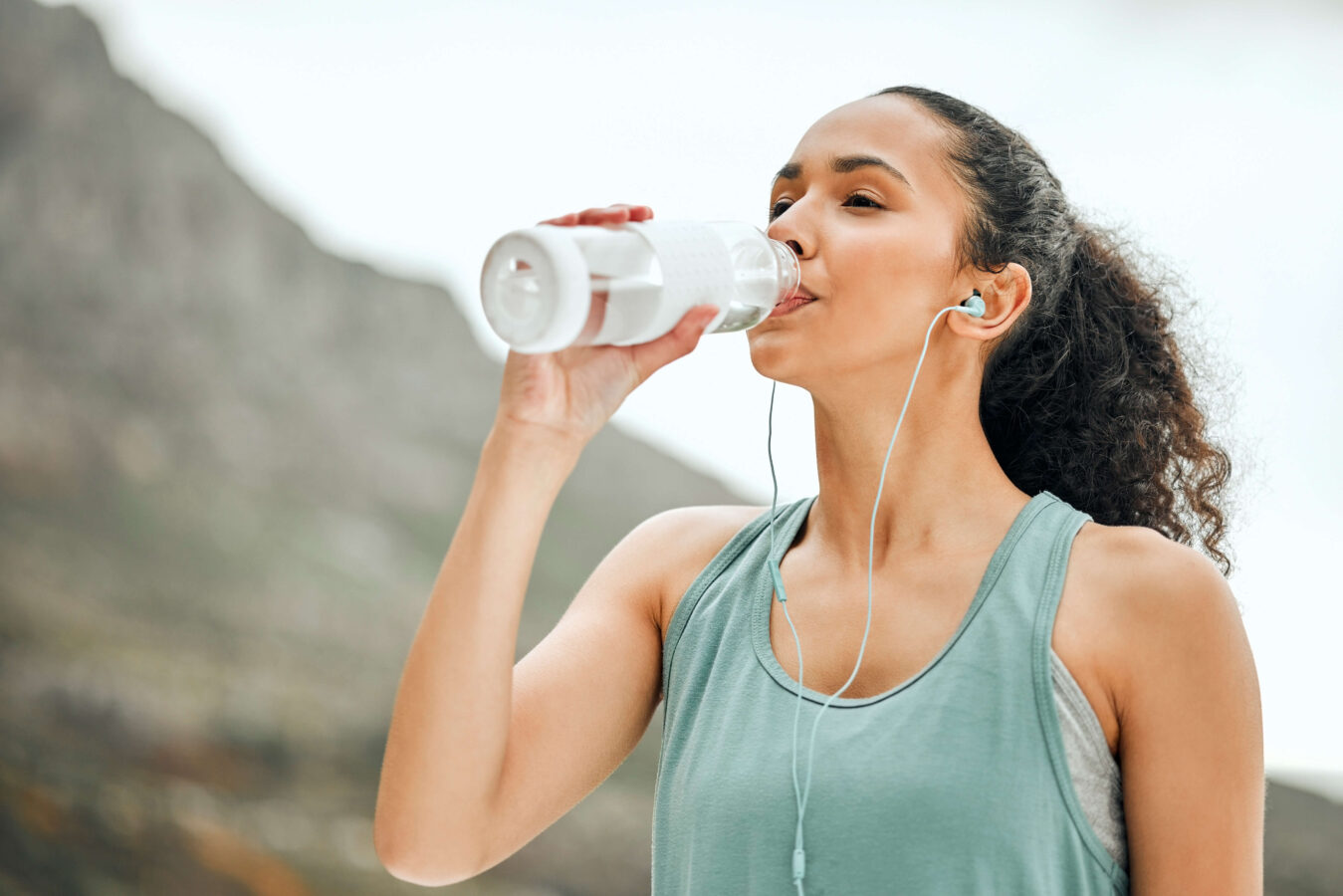
Medically reviewed by Domonique Martin
Summer offers the perfect opportunity to take your fitness routine outdoors. From early morning walks to bodyweight workouts at the park, the benefits of outdoor workout exercises go beyond physical health. They can also improve mental well-being and boost your mood.
But while the sunshine can be inviting, it also brings risks. Exercising in the heat requires careful planning, thorough preparation, and heightened awareness. With the right strategies and support from a physical therapist, you can develop an outdoor routine that’s both safe and enjoyable.
Outdoor workout exercises offer a refreshing alternative to indoor routines. The natural environment can make your workouts feel more energizing and less repetitive. Here are just a few reasons to consider venturing outside.
If you’re looking to make the most of these perks this season, there are safe ways to do so, especially when working with a physical therapist who can personalize your approach.
The warmer months require extra caution. Heat, humidity, and sun exposure can elevate your risk of dehydration, heat cramps, or even heat exhaustion. Try these tips to stay active while protecting your health.
Avoid the midday heat whenever possible. Schedule your workouts for early morning or late evening when the sun is lower and temperatures are cooler.
When it’s hot, your body needs extra time to adjust to the conditions. A proper warm-up helps prepare your muscles, joints, and cardiovascular system, while a cool-down aids recovery and reduces the risk of dizziness or fainting.
Here’s how to support your body before and after your workout:
These small routines may not seem as exciting as your primary workout, but they can go a long way in reducing injury risk, especially when you’re already exerting more effort due to heat.
Not all summer workouts need to be high-intensity. In fact, some of the most effective and sustainable routines are lower-impact, especially for those managing injuries, joint pain, or fatigue.
Physical therapists often recommend these types of activities because they’re adaptable and joint-friendly:
Looking for more structured ways to strength train when outside? Try these outdoor strength training exercises, which can be customized to suit your needs and goals.
Find a physical therapy clinic near you
Discover exceptional physical therapy care. Locate your nearest BenchMark Physical Therapy clinic today.
Working with a physical therapist adds a layer of safety and expertise to your summer routine. Physical therapists are movement experts trained to assess your current condition, build safe progressions, and monitor for warning signs of overexertion or injury.
Here’s how PT support can make a difference in the summer:
If you’re recovering from a prior injury or recent surgery, physical therapists also design outdoor rehabilitation sessions that utilize natural elements and terrain to enhance mobility, strength, and coordination.
Knowing when to scale back is just as important as pushing forward. During the hotter months, your body works harder, even during familiar workouts.
Pay close attention to how you feel, especially if you notice:
Don’t ignore possible signs of heat illness. Stop immediately. Rest in the shade, hydrate, and use cooling strategies. On particularly hot or days with poor air quality or humidity, consider shifting your workout indoors or replacing it with gentle stretching or rest.
The summer season can be an energizing time to embrace new routines and enjoy the outdoors, but planning is essential. From proper hydration and sun protection to selecting the right workout intensity, every detail contributes to a safer and more enjoyable experience.
Whether you’re just getting started or want to take your training outdoors in a more intentional way, physical therapists can help you build a plan that works for your life, your goals, and your environment. Find a physical therapy clinic near you to get started.
